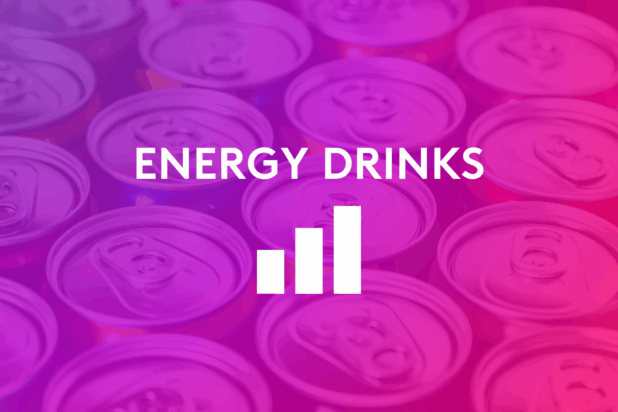As the government looks at banning the sale of high-caffeine energy drinks to children, we explore which young people engage with energy drinks today and the implications of a potential ban.

This month the UK government launched a public consultation with a view to banning high-caffeine energy drinks to children under 16 in England. The impetus behind the plan is to address concerns about the negative impact of such drinks on children’s health, as well as sleep and concentration.
But how engaged are children today with energy drinks, what makes them stand out compared to other children and what is it that most drives and engages these young consumers?
GB TGI data shows that younger adults are particularly likely to be frequent consumers of energy drinks. 15% of 15-16 years olds claim to consume these drinks more than once a week, compared to 5% of adults as a whole.
Children who buy own drinks much more likely to choose Red Bull
Delving into our Youth TGI survey reveals that children who claim to usually buy their own drinks are particularly likely to drink the iconic energy drink Red Bull. For example, 14% of 11-14 year olds who usually buy their own drinks claim to drink Red Bull, compared to 6% of this age group as a whole. Clearly, if free of the parental shopping filter there is a tendency for children to gravitate towards these drinks.
Standing out and looking good is especially likely to be important
11-14 year olds who claim to drink Red Bull are particularly likely to show a variety of behavioural and attitudinal characteristics that mark them out compared to other 11-14 year olds. Standing out and looking good is especially important to them. Brand labels and the opinions of others also loom large for this cohort compared to their peers.
Thus, for many of them, consuming energy drinks may be part and parcel of fitting in with their friends and about projecting a particular image.
Advertising is especially likely to sway this audience
These young energy drink consumers are also especially likely to be engaged by advertising and media in a number of ways. No doubt such considerations have played a part in proposals to ban the sale of these drinks to an audience of children who are especially likely to be receptive to promotional campaigns.
Youth TGI shows that 11-14 year old Red Bull drinkers are almost twice as likely as others in their age group to feel advertising makes them buy things. The role of social media and influencers also looms large for this audience, as does advertising on a variety of other media.